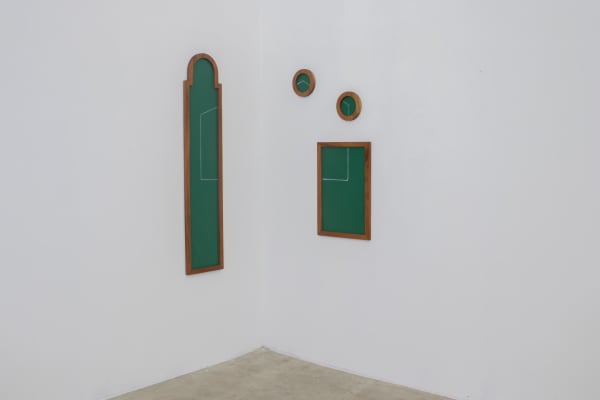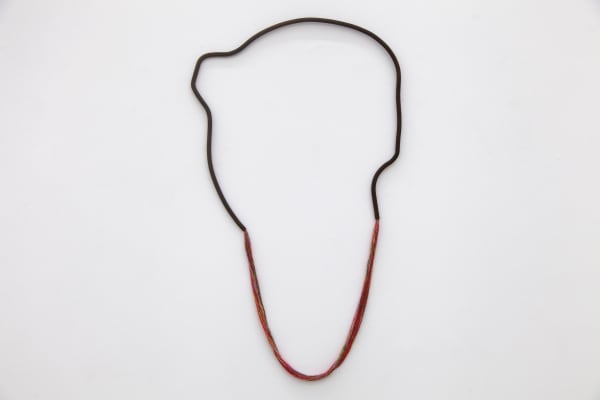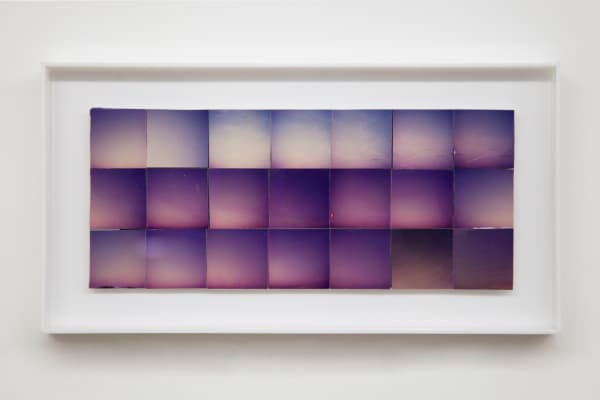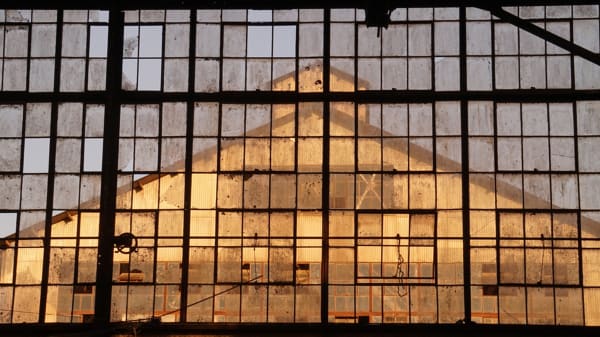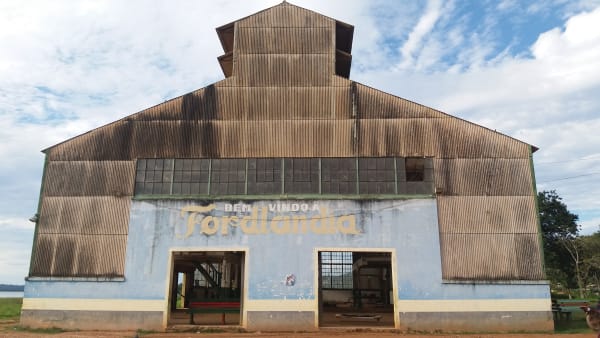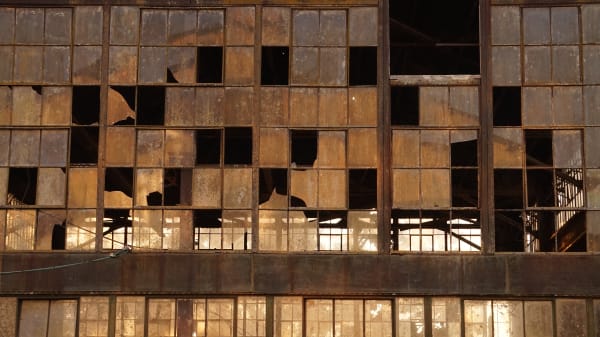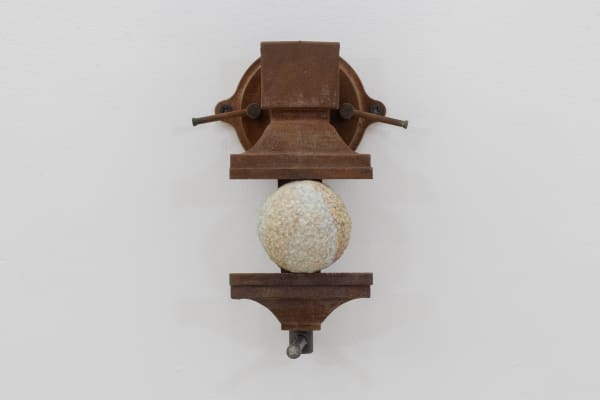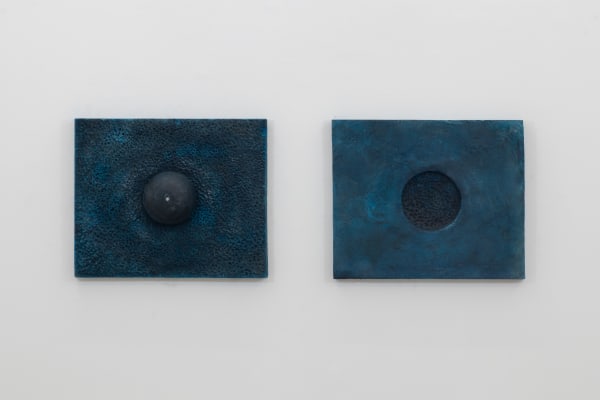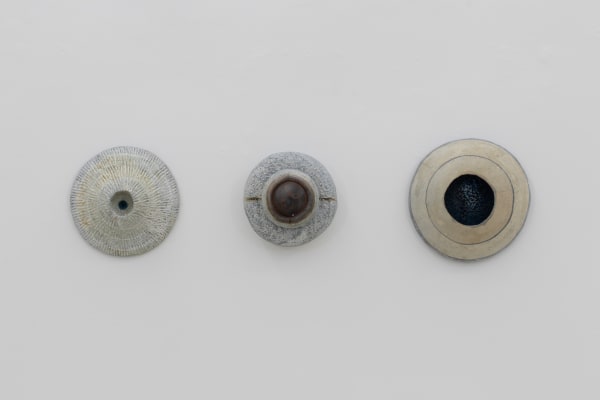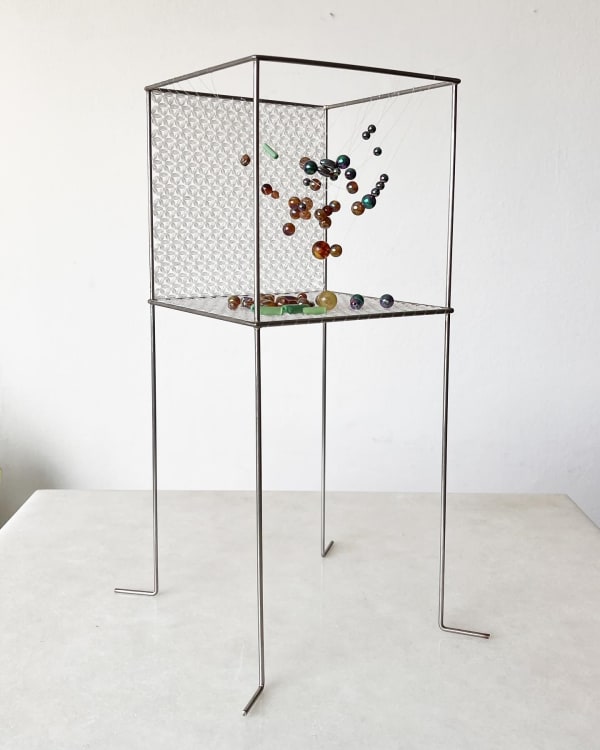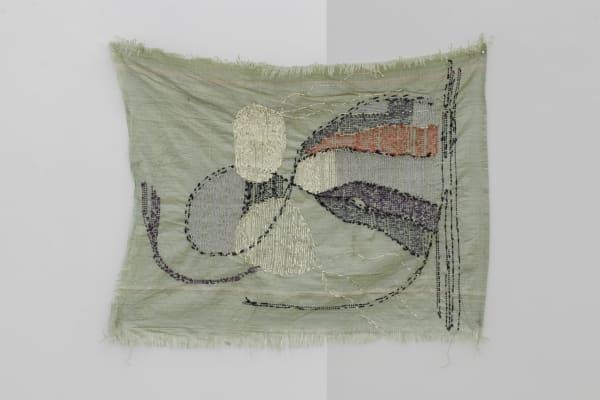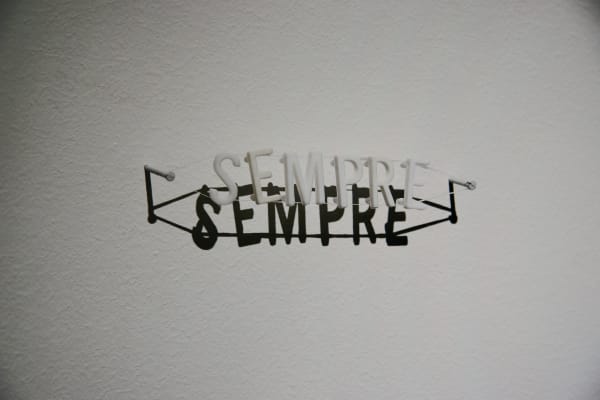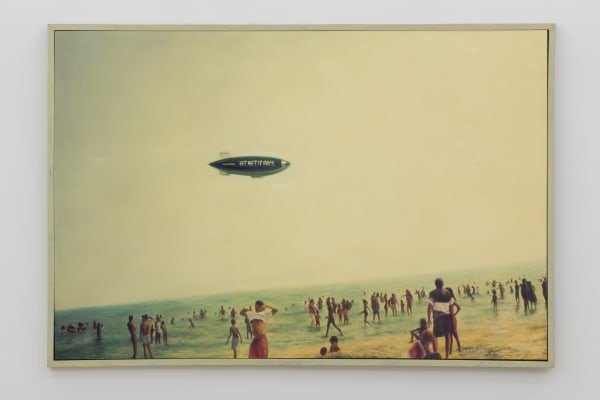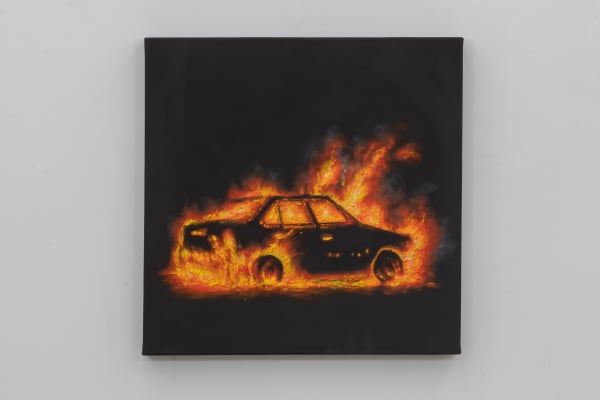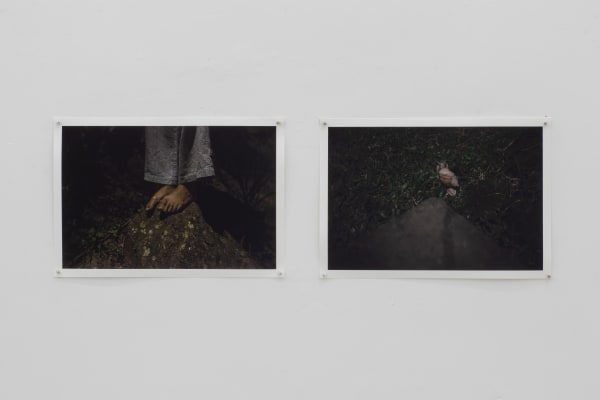Tempo Composto
The perfect tense
there are rare and brief states of dreaming
in which we seem to relive
something we have already been through in the past
Ivan Goncharov
seeing things that I know can't be, am I dreaming?
Baby I swear it’s déjà-vu
Beyoncé & JAY Z
When two verbs must be joined to address a single action, we make use of the perfect tense. Beyond grammar, however, verbal duplicity is only sporadically used in everyday life, mostly when we observe two instances of time strewn over the surface of the same moment. At this loss of gravity, time is doubled, and the future takes on the density of the present, or the past suddenly becomes a vision. If our memory could be displayed geographically, its center of gravity would be in the past. It is a common approach in chronological time division to understand “remembrance” as a vector that moves from the present to the past, thereby invoking its presence in our current perspective. Such abstract geometry comes into clear question when faced with distinct phenomena, mainly déjà-vu, in which the past cloaks itself with the present. This somewhat commonplace occurrence has been the subject of study in various fields of knowledge and became a fundamental tool for revisionist theory on the supposed chronological order of time and the archivistic structure of memory.
Among the hypotheses put forth on the nature of déjà-vu, one particularly stands out in the contest for eroding stable currents of thought on the mechanisms of memory. Let us start with distinct scenes, built upon a random regency, that are recorded autonomously in our memories. We may occasionally wonder about the involuntary dynamics of our own thoughts, which tend to forget what we wish to remember and insist upon scenes we had hoped to forget. Distracted by the contents of our memories, we often overlook a pivotal issue, one that is not concerned with the narrative and images contained within remembrance, but rather on the structure and editing that regulates and engineers its experience. As we reflect on the objects of memory though, one issue must take precedence: “how does something become a memory?”. Déjà-vu seems to involve the past taking precedence over the present, however, it does not exhibit a curated short film as much as the structure responsible for filming, the footage-editing laboratory, the geological conditions of the surface on which memories are projected; the common thread among these being the device that sets up the shots, or the composer of time, if you will.
In order to propose new schools of thought on the phenomena responsible for building and staging internal images, such as dreams, various theories on how reality is set up and broken down at different scales of perception needed to be developed. It is no surprise to see déjà-vu so often associated with a dream-like state or premonition event, as it seems to short-circuit the established modus operandi we use to organize life in the form of a memorized script. Through the cracks in this structure, we gleam the perfect tense in search of its cornerstone, and in between certainties it gathers distinguished artists who can devise traps for the automated sequences in the production line of reality – to quote Atonin Artaud: “to make art is to deprive the organism of its repercussion”.
Déjà-vu is widely described as a phenomenon through which a situation in the present seems both new and recurring, a memory illusion originated in the false correspondence between reality and imagination. In equal parts trivial and mysterious, it reveals a register of fantasy operating in the ordinary perception of reality. This is not about theorizing or expounding on the subject, however, but focusing on it as a reality that must be experienced. Allow me to digress in order to reflect upon the term’s sensory dimension, and to refer to another phenomenon that also erupts without warning and has thus acquired a certain aura of mysticism: hiccups. In both cases we observe a bodily reaction to an unusual occurrence; for hiccups, the seeping unease and multiple explanations for its happening have sparked various creative practices devised to remedy it: namely, drinking water upside down, getting purposefully startled, and many more.
The reference to hiccups reminds us of the commonplace aspect of déjà-vu, it is part of the experience of many individuals in everyday situations, but it nonetheless casts enough doubt over reality to the point of making us question our own memory, space, history and the vicissitudes between fact and fiction, all of which are constant subjects of contemporaneous poetics. Its analysis is less of an explanatory entry and more of a sensitive trigger structured by courageous doubt: “How does exposure produce déjà-vu?” This wild question is necessary to meet the radicality of the phenomenon, and to answer it, we would have to integrate utopia into the process of thought.
This denotes one first realization: déjà-vu is both a common and extraordinary experience, and its occurrence seems to create a backflow of memory, as the mnemonic vector starts operating from the inside out. It is due to our existing repertoire of footage that we can cultivate and preserve the reality we have visited in our memories, and in it we find correspondence with the past. The phenomenon we have analyzed reverses this logic, as reality seems to have kept a slice of our memory for itself. It is manifested in front of our eyes, thoroughly overwhelms us, and makes us look for some correspondence in a past that we cannot quite place. We are left with a slight mistrust and a lingering doubt that calls into question the very concepts of memory and perception. Suffering from verb vertigo, we see the future and past mingle into a single evasive and adherent image.
Over such an unresponsive chasm of questions, we can only gleam shards of understanding, and call it either premonition, dreams, or even turn it into art. At times like these, time is no longer simple.
Lucas Alberto
___________________
[1]ARTAUD, Antonin. “Acabar com as obras-primas”. In: O Teatro e seu duplo. São Paulo: Martins Fontes, 3ª ed., 2006.
![Débora Bolzsoni Lição de mímese, 2024 Madeira e fórmica [Wood and formica] Dimensões variáveis [Variable dimensions] Edition of 5](https://artlogic-res.cloudinary.com/w_800,h_800,c_limit,f_auto,fl_lossy,q_auto/artlogicstorage/galeriaathena/images/view/b73776bd512593588bc5e510c9a8d822j/galeriaathena-d-bora-bolzsoni-li-o-de-m-mese-2024.jpg)

